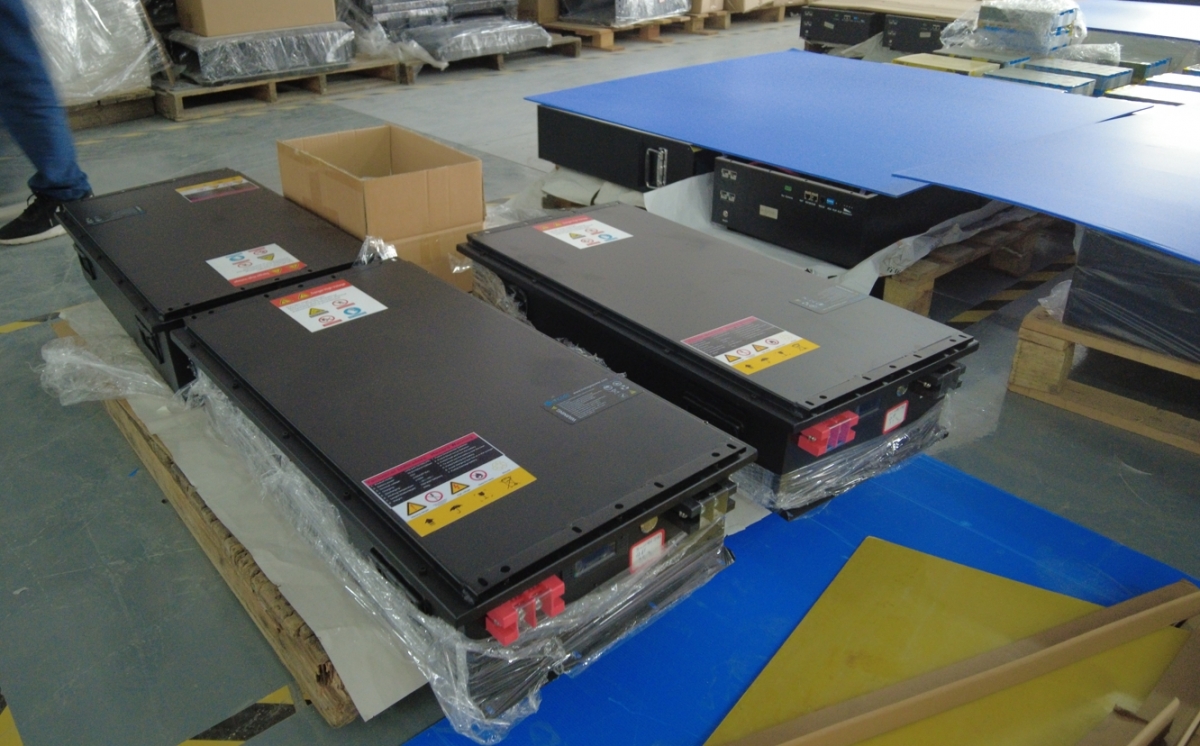- 16
- Nov
Discuss professional knowledge of lithium battery PACK
In the battery industry, engineers refer to batteries that are not assembled into directly usable batteries as batteries, and finished batteries connected to the PCM board with functions such as charge and discharge control and BMS are referred to as batteries.

According to the shape of the core, we divide it into square, cylindrical and soft cores. We mainly study the capacity, voltage, internal resistance and current of the battery. Before entering the packaging components, we also check the size (including length, width, height) and appearance (oxidation or leakage) of the battery.
The two most important components are the battery and the protection circuit board (also called the PCM board). Secondary protection, because the lithium battery itself cannot be overcharged, over-discharged, over-current, short-circuited, and ultra-high temperature charge and discharge.
The production of lithium ion can be divided into three important processes: single cell processing, module assembly and packaging assembly.
Inspect the battery, the battery capacity of the department, through the department (usually based on capacity, voltage, internal resistance), the characteristics of the battery is similar to the first block division, and by detecting the size of the battery thickness. When grouping batteries, we always want them to be consistent over a period of time. After screening, the battery is coated with a plastic insulating film.
Combined with the data of the previous battery, PACKPACK can meet the required power, capacity and voltage through series and parallel (new series voltage, new parallel capacity) according to the requirements of automobile manufacturers for PACKPACK. Combine battery packs with the same battery characteristics into a module, then put the battery into the module and fix it by CMT welding. Important processes include: accessory parts, plasma cleaning, battery pack, cooling plate assembly, insulating cover assembly, and EOL testing.
Packaging assembly is to put the module into the box, and assemble the copper plate, wiring harness and so on. Important processes include BDU, BMS plug-in package, copper wiring harness assembly, electrical performance test, EOL test, air tightness test, etc.
Packaging is now in the hands of battery manufacturers and packaging manufacturers. After the battery manufacturer has produced the battery, the battery can be sent to the packaging workshop for assembly through the logistics line. Packaging manufacturers do not produce their own batteries. Instead, they buy bare cells from battery companies, assemble modules, and pack them after capacity allocation. In recent years, some auto companies have gradually entered the packaging trend. Just as no auto company is unwilling to take engine technology in their own hands, in order to facilitate data management, auto companies are also controlling packages with their own hands (some auto companies outsource parts and components and Advanced automation technology, purchased after assembly).
The general process of battery factory packaging is that the entire factory requires and provides packaging volume, required power, battery life, voltage and test items. After receiving the customer’s demand, the battery factory began to combine its own conditions, or use the products already produced, or develop new products, and establish a new factory. The product development department develops corresponding modules according to requirements and delivers samples for vehicle testing. After the samples are sent to the vehicle company for inspection, the battery manufacturer will continue to produce battery module modules as required.
